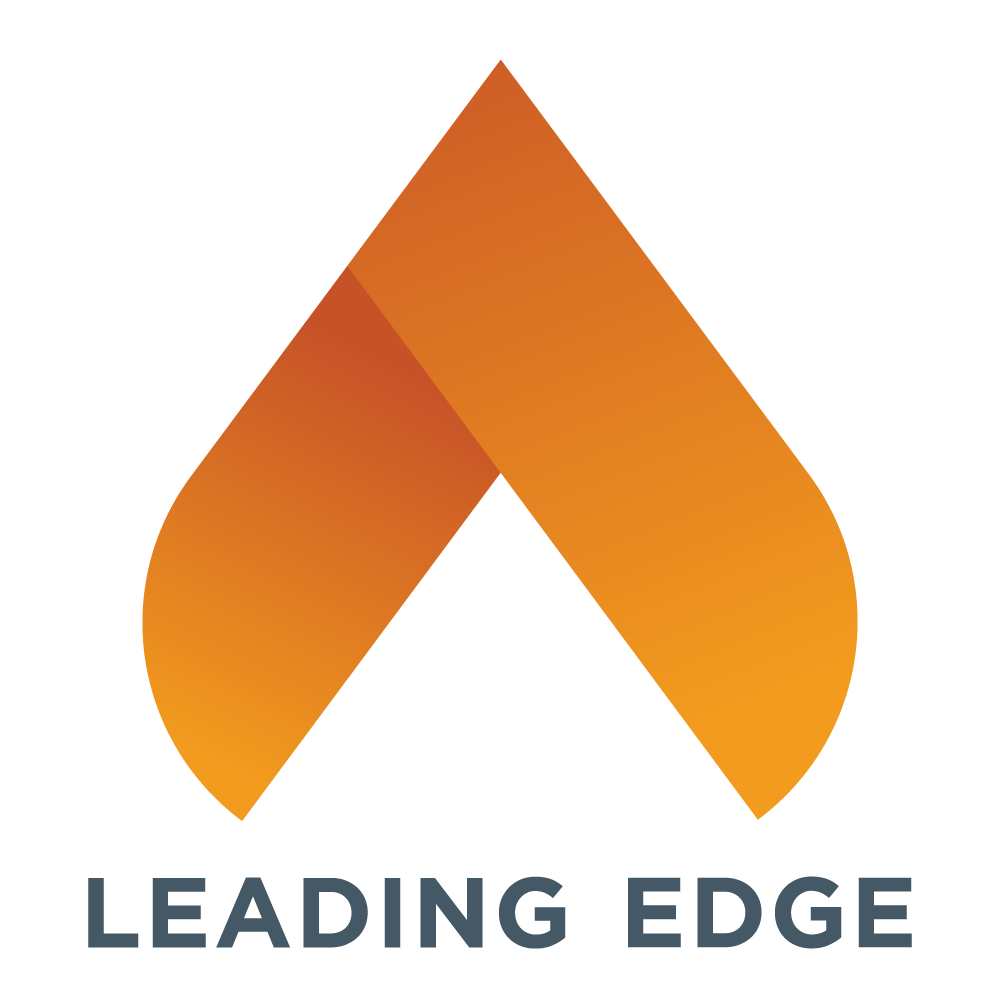
To find and hire the best talent available, we need to ensure inequity and exclusion aren’t robbing our organizations of potentially excellent candidates. To retain them once they’re hired, we need to remember that when employees feel seen, supported, and included for all of who they are, they are more productive, more creative, and less likely to leave.

That’s why an approach to recruiting and hiring that seeks excellence must work to improve the organization’s culture more broadly in ways that advance equity and inclusion in all contexts.
In the Jewish nonprofit sector, some people may be tempted to assume that these concerns apply less to our field than to the United States as a whole. This is a mistake. As our already diverse community becomes increasingly diverse over the next few decades, our staff demographics must reflect those of the Jewish community overall so that we can best serve our constituencies and remain relevant to them.
In 2019, Leading Edge’s annual Employee Experience Survey received responses from over 11,400 employees at 182 organizations, including many of the most prominent institutions in the field. Only 1 out of every 4,000 Jewish nonprofit workers surveyed is a Jew of color (just 0.025% of total respondents). This is a dramatic underrepresentation, given that more than 1 out of every 8 American Jews is a Jew of color.
What, then, does it take to create a culture of equity? Robert Gass suggests in his Wheel of Change that any type of organizational change requires three interrelated and interdependent processes to occur: Organizations must change hearts and minds, structure, and behavior.
When it comes to equity and inclusion, some of the types of changes required in each of these categories include:
HEARTS AND MINDS
- Requiring equity and inclusion training for staff and board
- Training managers on how to supervise through a lens of equity and inclusion
- Coaching on issues related to equity for staff, especially senior leaders
STRUCTURE
- Standardizing HR processes such as hiring, performance evaluations, etc.
- Creating salary bands to support pay equity across identities
- Creating checklists to reduce bias in various processes across the organization
BEHAVIOR
- Recruiting and hiring a more diverse staff
- Managing and developing staff in ways that promote equity and inclusion
- Creating materials, collateral, curriculum, etc. that are inclusive and representative of an organization’s constituency
Learn more in our resource, A Guide to Recruiting and Hiring
About the Author

Leading Edge mobilizes Jewish organizations to become places where great people deliver great impact.
Loading footer...


